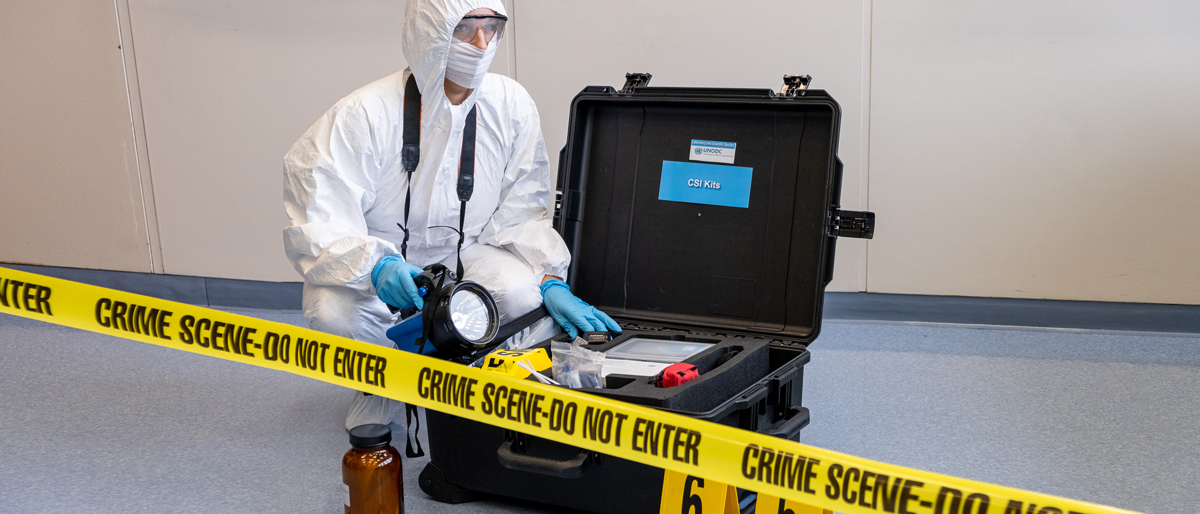Worldwide, forensic sciences are a cornerstone of criminal justice investigations used by all modern law enforcement and justice services to solve all types of crime and bring justice to victims. Through forensic science expertise, services and evidence chain of custody the smallest piece of evidence can provide invaluable information and bring solid evidence to court. Forensic sciences provide extremely efficient ways to accelerate crime-solving by building cases on physical evidence rather than only on confession and testimony. Forensic analysis can help create linkages with other investigations, which can help in identifying, within short time frames, criminal networks of transnational and international organized crime, human trafficking and migrant smuggling, and illicit trafficking.
In criminal and legal processes, the chain of custody ensures the integrity of the evidence presented in court. Forensic evidence chain of custody refers to the entire history of the evidence, which could be any artefacts (documents, DNA, fingerprints, photographs, firearms, drugs, etc), including its detailed chronological record of how it was collected/seized, taken into custody, documented, analyzed, transferred, stored, assessed and disposed of.
Each piece of evidence brought to the court must have the integrity of its chain of custody verified to be admissible. This process aims to guarantee that evidence has not been distorted, planted, or misrepresented. If the wrong person accesses the information, takes too long to transfer it, mislabels it, or accidentally tampers with it in any way, vital evidence could be deemed inadmissible. This is the reason why a proper chain of custody is key to high quality, just and impartial justice system.
Know more:
